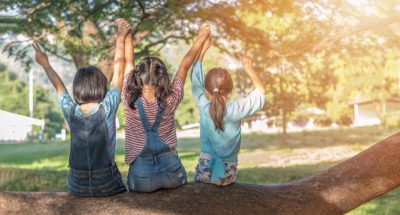
Kindness Buddy
Students get a secret kindness buddy to do a kind act for during the week. At the end of the week, they reveal their buddies and reflect on how it felt to be kind.

Students get a secret kindness buddy to do a kind act for during the week. At the end of the week, they reveal their buddies and reflect on how it felt to be kind.
Students will:
Take a moment to reflect on a time when someone did something kind for you. How did it make you feel?
“Nurturing Gratitude From the Inside Out: 30 Activities for Grades K–8” was originally developed by The Inner Resilience Program, in partnership with the Greater Good Science Center and the John Templeton Foundation.
For the entire curriculum, click here.
Do you, the teacher, notice any change in your students or overall classroom climate since doing this exercise?
A study of nine to 11-year-olds found that those who performed three acts of kindness, in comparison to those who created maps of places they had visited, increased their well-being and their popularity among peers.
Peer acceptance and a sense of belonging help to create a classroom climate that is warm and welcoming. Indeed, students who feel like they belong in school — that they matter to both their teachers and their peers — show greater academic achievement, are more engaged and motivated in school, and suffer from fewer psychological and social problems such as depression, peer rejection, and bullying.
Hence, giving students the opportunity to intentionally practice kindness and reflect on what it feels like to both give and receive kindness can help build classroom and school climates where kindness is a social norm.

Do you want to dive deeper into the science behind our GGIE practices? Enroll in one of our online courses for educators!
Comments